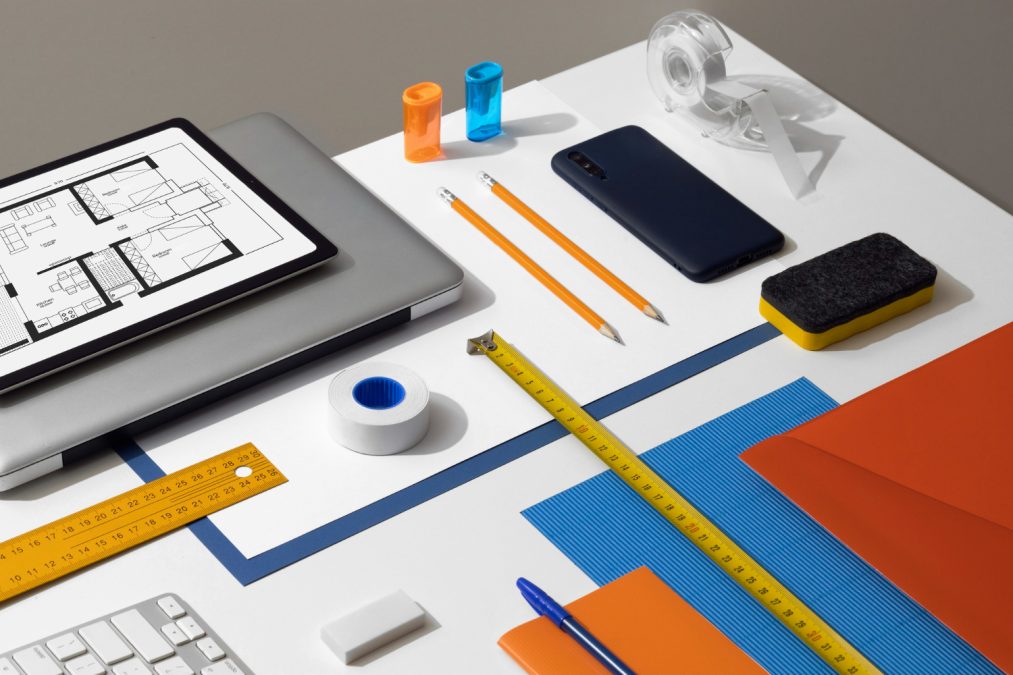Whether you’re designing architectural structures, developing characters for video games, prototyping products, or creating 3D prints, having the right 3D modeling software is essential. The field of 3D modeling is vast and diverse, and the best tool often depends on your goals—artistic expression, technical precision, product design, animation, or manufacturing. With so many powerful tools on the market, it’s important to choose the best software for 3D modeling that fits your skill level, budget, and project requirements.
Below, we explore the top 3D modeling software in 2025—ranging from open-source options for hobbyists to advanced platforms used by professionals in industries like animation, architecture, and engineering.
Page Contents
What to Look for in 3D Modeling Software
When evaluating a 3D modeling tool, consider the following key features:
-
Modeling capabilities (polygonal, NURBS, sculpting, parametric)
-
Rendering and animation tools
-
Compatibility with industry file formats
-
Support for 3D printing or CNC
-
Ease of use and learning curve
-
Community support and tutorials
-
Platform availability (Windows, macOS, Linux)
Now let’s dive into the top tools available.
Best 3D Modeling Software in 2025
1. Blender (Free and Open Source)
Blender is one of the most versatile and feature-rich 3D modeling tools available—and it’s completely free. It offers polygonal modeling, sculpting, animation, rigging, physics simulations, texturing, and even video editing in one unified platform.
Why it stands out:
-
Open-source and community-driven
-
Excellent for both hard surface and organic modeling
-
Built-in Cycles and Eevee render engines
-
Used for animation, game asset creation, and 3D printing
-
Massive community and tutorials
Best for: Independent artists, animators, game developers, and anyone wanting a free all-in-one solution.
2. Autodesk Maya
Maya is an industry-standard tool used by major studios for animation, visual effects, and character design. It offers powerful tools for 3D modeling, rigging, texturing, and rendering.
Key features:
-
Advanced polygonal and NURBS modeling
-
Fluid simulation and character rigging
-
Arnold renderer integration
-
Scriptable with Python and MEL
-
Extensive animation toolkit
Best for: Professional 3D animators, VFX artists, and game developers working on complex, production-level projects.
3. Autodesk 3ds Max
3ds Max is another flagship tool from Autodesk, widely used in architectural visualization, interior design, and game development. Its user-friendly interface and strong plugin ecosystem make it a go-to choice for many designers.
Why choose 3ds Max:
-
Powerful modeling and UV mapping tools
-
High-quality architectural rendering capabilities
-
Extensive plugin support (e.g., Forest Pack, V-Ray)
-
Spline modeling and procedural workflows
Best for: Architects, engineers, product designers, and 3D generalists.
4. ZBrush
ZBrush, developed by Pixologic, is the gold standard for digital sculpting. It’s used extensively in character design, concept art, and detailed texture creation in industries like gaming and film.
Features:
-
Industry-leading sculpting and detailing tools
-
Dynamesh for real-time remeshing
-
Polypainting and texture baking
-
Integration with Blender, Maya, and 3ds Max
Best for: Artists focusing on highly detailed, organic modeling such as creatures, humans, or fantasy assets.
5. Cinema 4D
Cinema 4D by Maxon is known for its fast learning curve and integration with motion graphics workflows. It’s especially popular among motion designers, advertisers, and content creators.
Highlights:
-
MoGraph tools for procedural animation
-
Clean interface and fast viewport performance
-
Integration with After Effects and Adobe tools
-
Excellent for typography, motion design, and visualizations
Best for: Motion graphics artists, YouTubers, and creative professionals blending 3D and 2D workflows.
6. SketchUp
SketchUp offers a simple, intuitive interface for quick 3D modeling, especially in architectural design and space planning. It’s widely used by architects, interior designers, and educators.
What it offers:
-
Push-pull modeling system
-
Huge 3D warehouse of models
-
Trimble Connect cloud collaboration
-
Plugins for photorealistic rendering (like V-Ray)
Best for: Beginners, architects, and professionals needing fast concept modeling for built environments.
7. Fusion 360
Fusion 360 by Autodesk is a cloud-powered platform that combines 3D modeling, CAD, CAM, and simulation. It’s great for industrial design, mechanical engineering, and product prototyping.
Core strengths:
-
Parametric and surface modeling
-
Built-in simulation and stress analysis
-
Tools for 3D printing and CNC
-
Collaboration-friendly and cloud storage integration
Best for: Engineers, industrial designers, and product developers working on functional prototypes and mechanical parts.
8. Rhinoceros 3D (Rhino)
Rhino specializes in precision modeling using NURBS, making it ideal for industrial and product design. It’s also popular in architecture and jewelry design due to its geometric flexibility.
Key capabilities:
-
Accurate curve and surface modeling
-
Grasshopper integration for parametric design
-
Extensive plugin ecosystem
-
3D printing and CAM compatibility
Best for: Designers needing exact geometric control, such as architects, jewelers, and engineers.
Final Thoughts
There’s no single “best” 3D modeling software—just the best one for your specific use case. Choosing the right tool depends on your workflow, whether you’re modeling characters, designing mechanical parts, creating architectural spaces, or prototyping products.
-
Use Blender for all-purpose 3D modeling and animation—especially if you’re budget-conscious.
-
Choose Maya or 3ds Max for studio-level film, game, and architectural work.
-
Go with ZBrush for detailed sculpting and character design.
-
Try Fusion 360 or Rhino for industrial and engineering design.
-
Start with SketchUp if you’re focused on architecture or interior design and need simplicity.
-
Use Cinema 4D if you’re blending 3D work with motion graphics and video content.
Each tool has a thriving community and plugin ecosystem, so invest in learning one that aligns with your creative goals.
Let me know if you’d like this information visualized in a comparison table or tailored to a specific industry like gaming, product design, or architecture.






